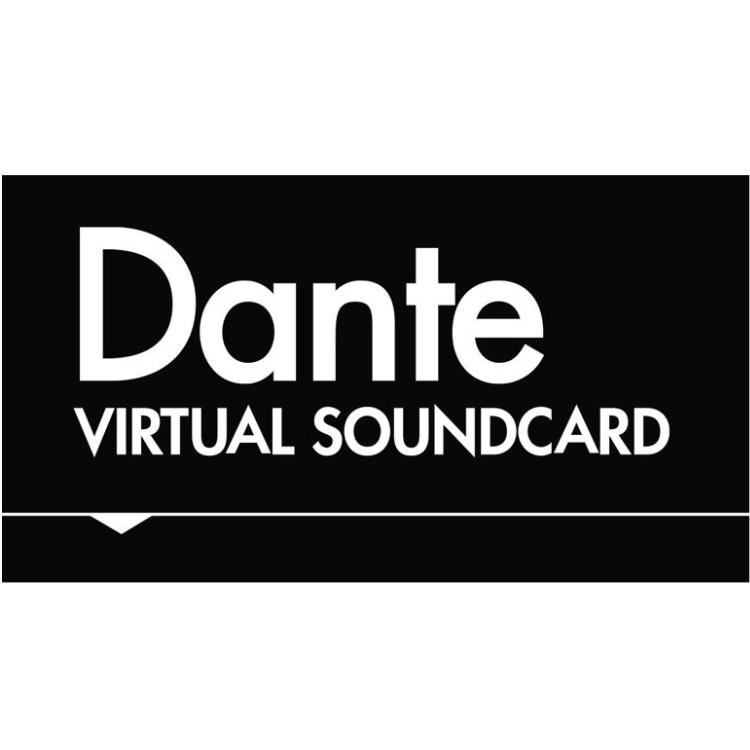
Dante AV is similar in that it provides codec control support, currently for the JPEG2000 intraframe codec, packetization, and software tools. And without common clocking and synchronization, aligning audio and video can be difficult and unpredictable. Compression really matters on large format displays, video walls, and projection systems. The codecs currently supported by NDI, as MPEG based, are natively interframe and have compression ratios which are much higher than Dante AV. NDI 5 and Dante AV are very different.Ģ) NDI is an umbrella for several things: MPEG2 and H.264 based codecs, NDI transport, and software tools.

NDI was designed for low cost broadcast, while Dante AV is designed for both broadcast and installed AV. Dante time management makes it suitable for SDI over IP.

Soon we will also have support for Dante Domain Manager control and management, and we expect to see OEMs rolling out SDI products as well as HDMI. Beyond this Dante AV provides network clocking and time synchronization for perfect lip sync, audio and video essence separation so that endpoint devices can be built for just the function they perform, ancillary data channels for USB|Serial|CEC|IR, HDCP 2.x encryption, and converged management of both video and audio using Dante Controller or Dante API (for OEMs building their own management solutions). 1) There is a Dante AV elective now available as part of the Dante Certification Program.Ģ) NDI 5 is an umbrella for several things, MPEG2 and H.264 based codecs, NDI transport, and software tools.


 0 kommentar(er)
0 kommentar(er)
